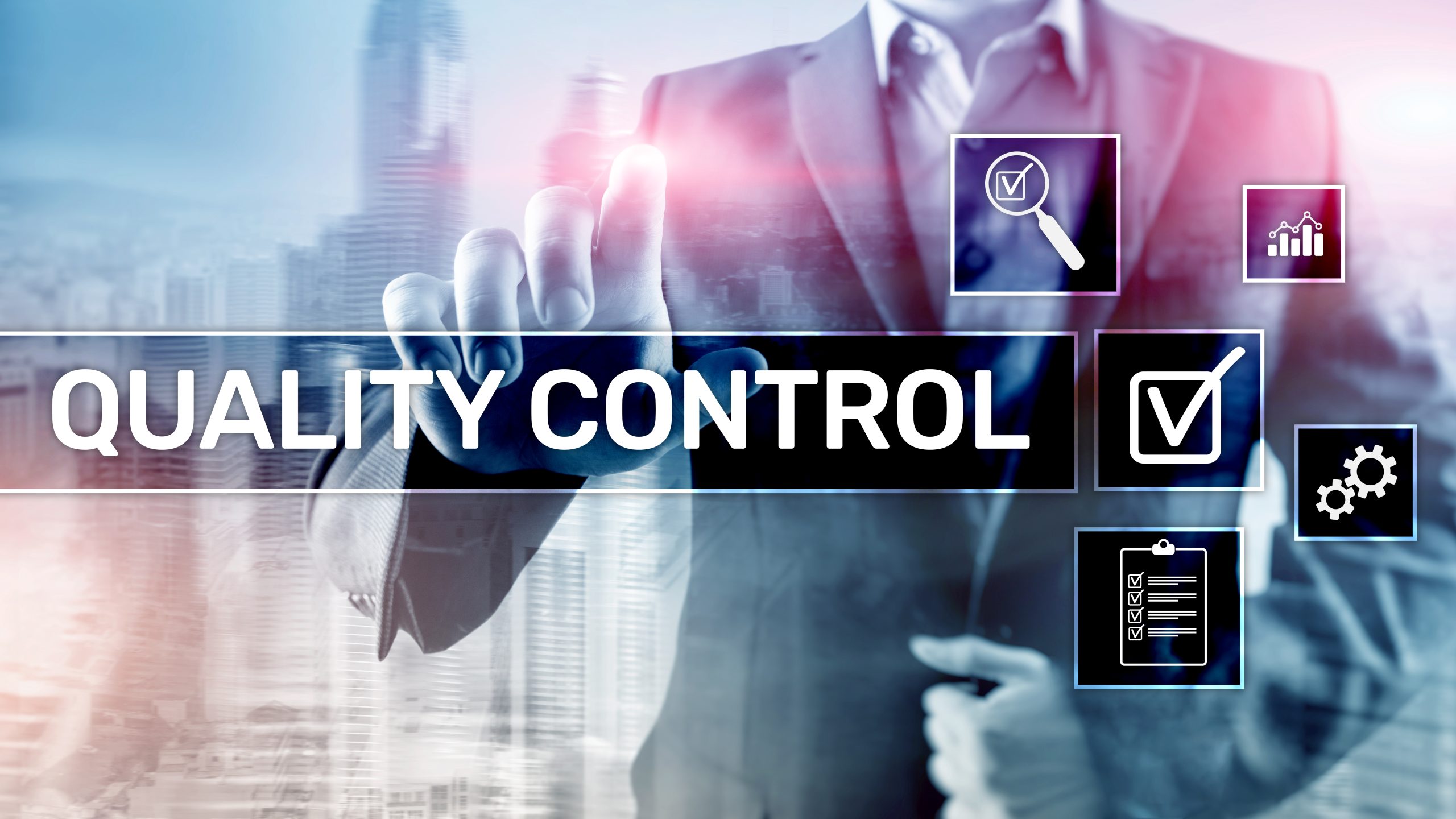
Evaluating and managing quality are critical in pharma and biopharma. Failure to do so harms your reputation and risks millions of dollars in lost revenue and R&D costs. A LIMS can be an essential tool that can help you meet these challenges – while streamlining workflows and ensuring compliance with rapidly changing regulations throughout the pharmaceutical lifecycle.
Quality is all about control
The key focus of all regulatory agencies and quality systems is the safety and efficacy of pharmaceutical products. Effective quality systems ensure adherence to regulatory standards by providing tracked and controlled processes for the manufacturing and testing process, benchmarks that must be met, guidelines and measures of safety and efficacy, and documentation to prove that all requirements were satisfied.
All of these elements are important because they help prevent:
- lost revenue and time while minimizing the risk of fines,
- increased scrutiny by the FDA of the testing processes coupled with closer and more frequent inspections,
- a loss of faith with regulators and customers.

Poorly managed control processes can cause drugs to fail in later stages of approval, costing millions in lost R&D, years of lost time, or — the worst-case scenario — deaths related to a released drug that slipped through the quality process. It can mean business failure for a pharma company unable to financially recuperate from direct losses or lost market share.
For this reason, regulated industries such as pharma and biopharma have strict guidelines all companies must adhere to, provided by a code of federal regulations. Their internal quality management systems must ensure these regulations are followed.
If you’re designing a quality system, you’ll want to review the FDA’s ICH Q10. It details an effective pharmaceutical quality system that governs current pharmaceutical quality management systems. It defines quality, purity, meeting specifications, and safety as well as covering the entire lifecycle.
Quality Assurance vs. Quality Control: What You Need
There are two different roles involved in quality management systems, and they are frequently confused with one another:
- Quality assurance (QA) focuses on managing the processes and standards used in pharma manufacturing. Your QA team’s goal is to make sure every stage of the process runs smoothly to produce the highest-quality product while complying with regulations, industry best practices, and your organization’s unique internal procedures, documentation and processes — all of which are subject to constant potential change.
- Quality control (QC) refers to the validation processes carried out at specific manufacturing stages. Your QC team is there to test and verify. QC inspections and tests are designed to ensure products meet the standards established by QA and regulators. It’s also the responsibility of the QC team to come up with solutions to correct any flaws or substandard products they detect.
Leveraging technology to enhance quality in your pharma lab
With the ever-changing quality and regulatory landscape and increased cost to develop and manufacture drug products, your QA and QC teams must leverage technologies such as regulated LIMS and stability analytics. LabVantage Pharma provides all of the quality control capabilities you need in a pre-validated package. It was designed to offer the control necessary for a QC group to test product samples in adherence to industry and internal QA standards. This is made possible with the following data integrity and process control advantages:
· Electronic application validation
As the world’s only pre-validated and pre-configured pharmaceutical LIMS, LabVantage Pharma reduces deployment time by 75% and cost by 85% compared to a traditional LIMS implementation. In addition, critical workflows and functionality are provided out of the box, including batch management, stability testing, consumables management, environmental monitoring, barcode label printing, and more.
· System Suitability Testing (SST)
QC batching enables QC specialists to create a series of tests for a group of samples allowing the test to be verified using blanks, standards, spikes, controls, and analytic measurements that can be evaluated in and out of controlled process testing.
· Access control
Data integrity is enforced with role-based restrictions that prevent users from accessing or changing standards, testing parameters, acceptance criteria, release procedures, and other sensitive items.
· Version control
Testing procedures change based on regulated process documentation. LabVantage Pharma provides a system to track these changes every time a test is modified or updated. These versions can be evaluated against one another and can be individually assigned to samples for testing. Global companies can also control for different geographic regions where any given product is sold or manufactured.
· Auditing
All information entered into LabVantage is traceable — from sample movements and testing data, all the way through to release data and decisions. Every entry or change to any part of the application is tracked and verifiable. Each user, time, and change is logged.
· Data integrity enforcement
When a sample test is ordered, LabVantage Laboratory Execution System (LES) automatically generates an electronic worksheet to guide each step of the procedure. Each lab tech sees the same protocol and receives identical instructions on using instruments or handling samples. Results are entered directly into the form in consistent formats, ensuring everyone enters data the same way.
Testing methods are easily defined in the LIMS based on standard operating procedures, both upon deployment and as new tests are introduced. Worksheets follow a template, which can be used to order a test for a single sample or multiple samples.
When tests are assigned, the lab technician is guided through protocols using calibrated instruments and unexpired consumables. Worksheet data can be approved for integrity through eSignatures and audit trail compliance. Peers and managers can review and approve each step of simple or complex procedures, as needed, and all activities are logged and time stamped.
In addition, LES is fully integrated with LabVantage LIMS reporting functionality to generate certificates, export reports, populate dashboard data, or be available to business analysts for deeper study.
· Approval control
Your QA and QC teams have a multistep, configurable sample approval process which can include:
- Test result entry and review
- Samples within a batch review and approval
- Final batch review and release.
Maintaining your quality assurance and quality control
For any pharma or biopharma organization, working toward an effective quality management system is a continuous improvement process. It’s complicated by changing regulations and ever-stricter guidelines. Your lab can achieve adherence more easily by leveraging technologies such as a validated LIMS and continuous quality control analytics to streamline testing and evaluation processes. Contact us today for more details. Learn more about LIMS for pharma and biotech.



